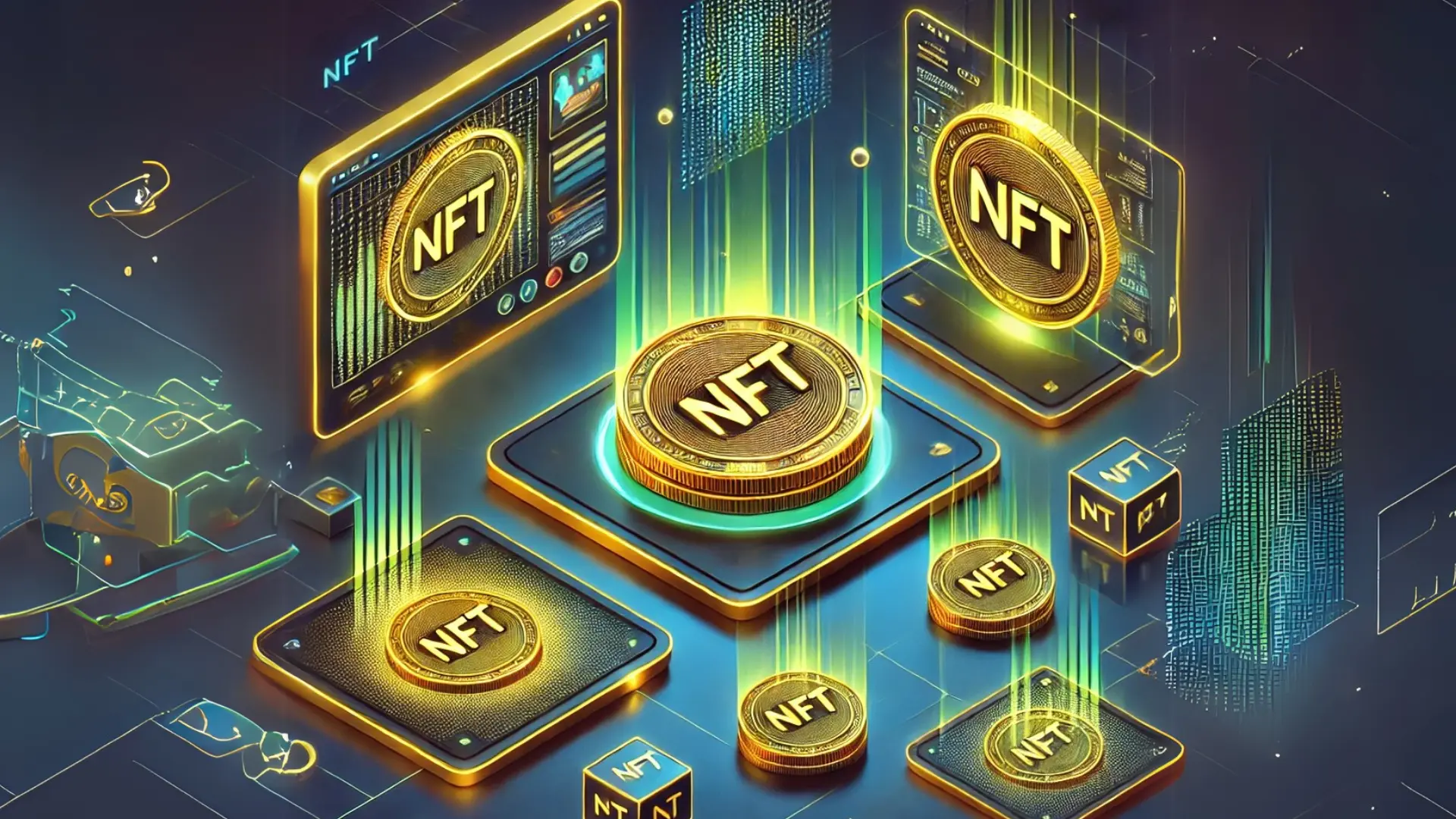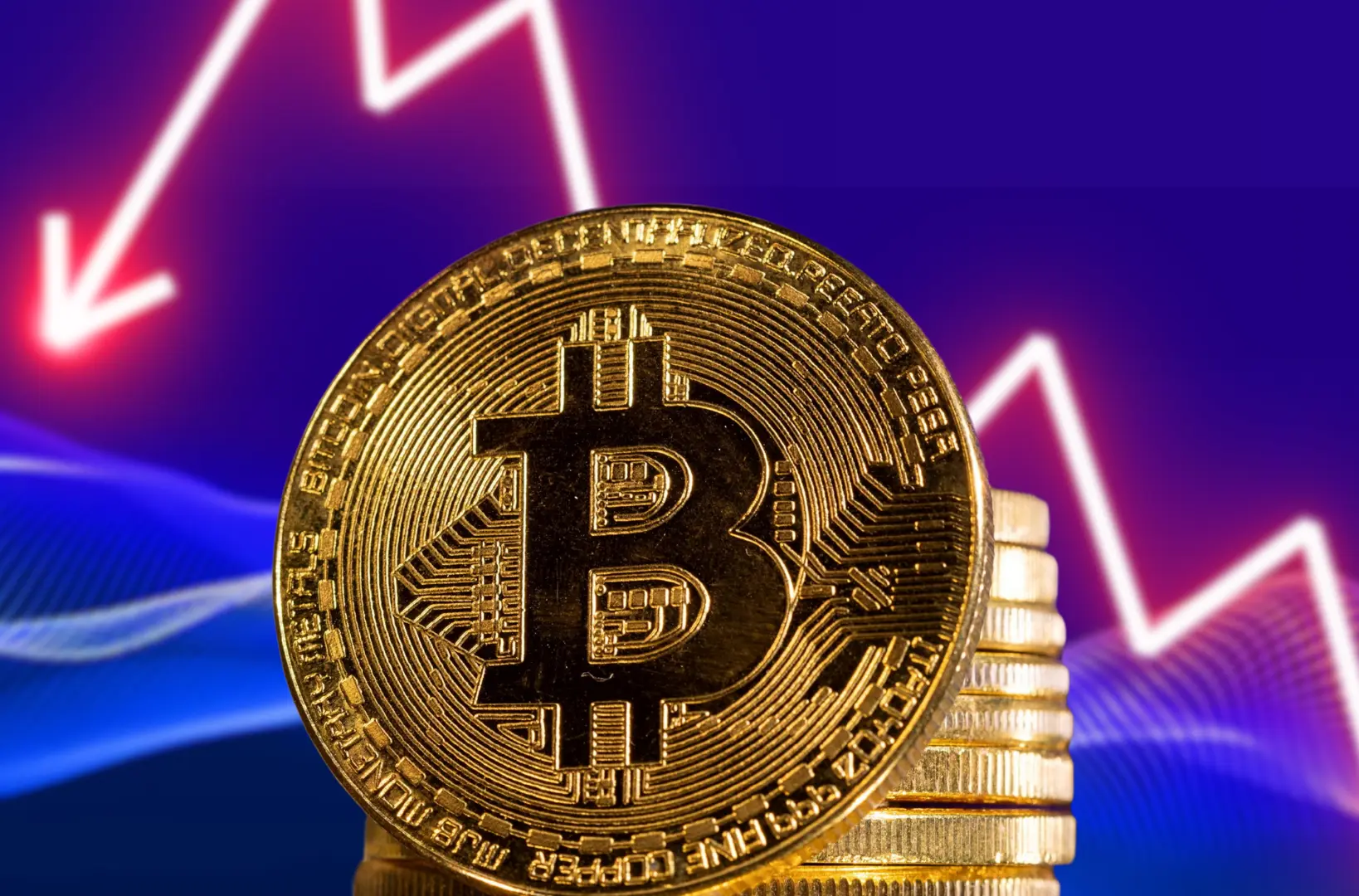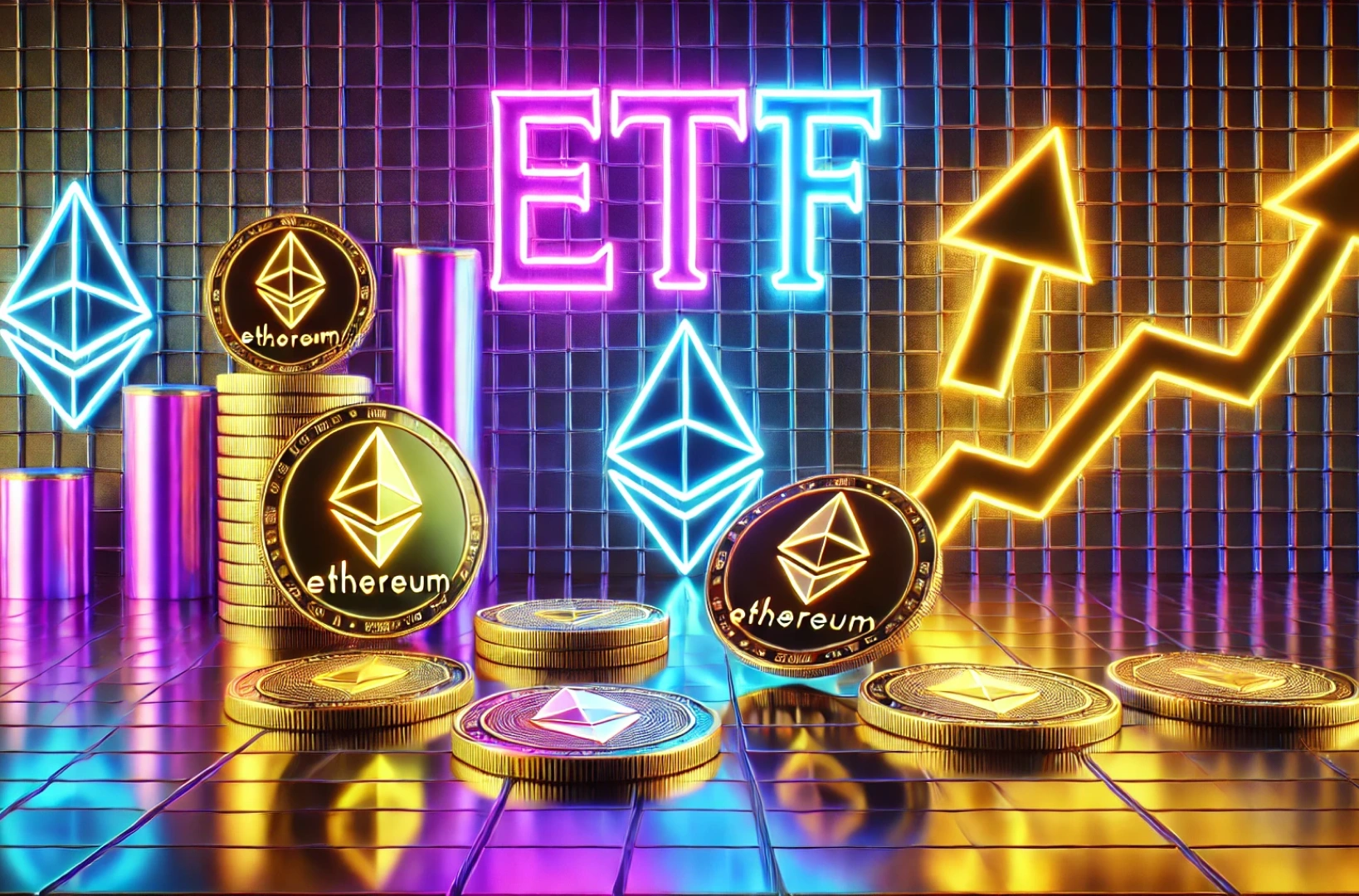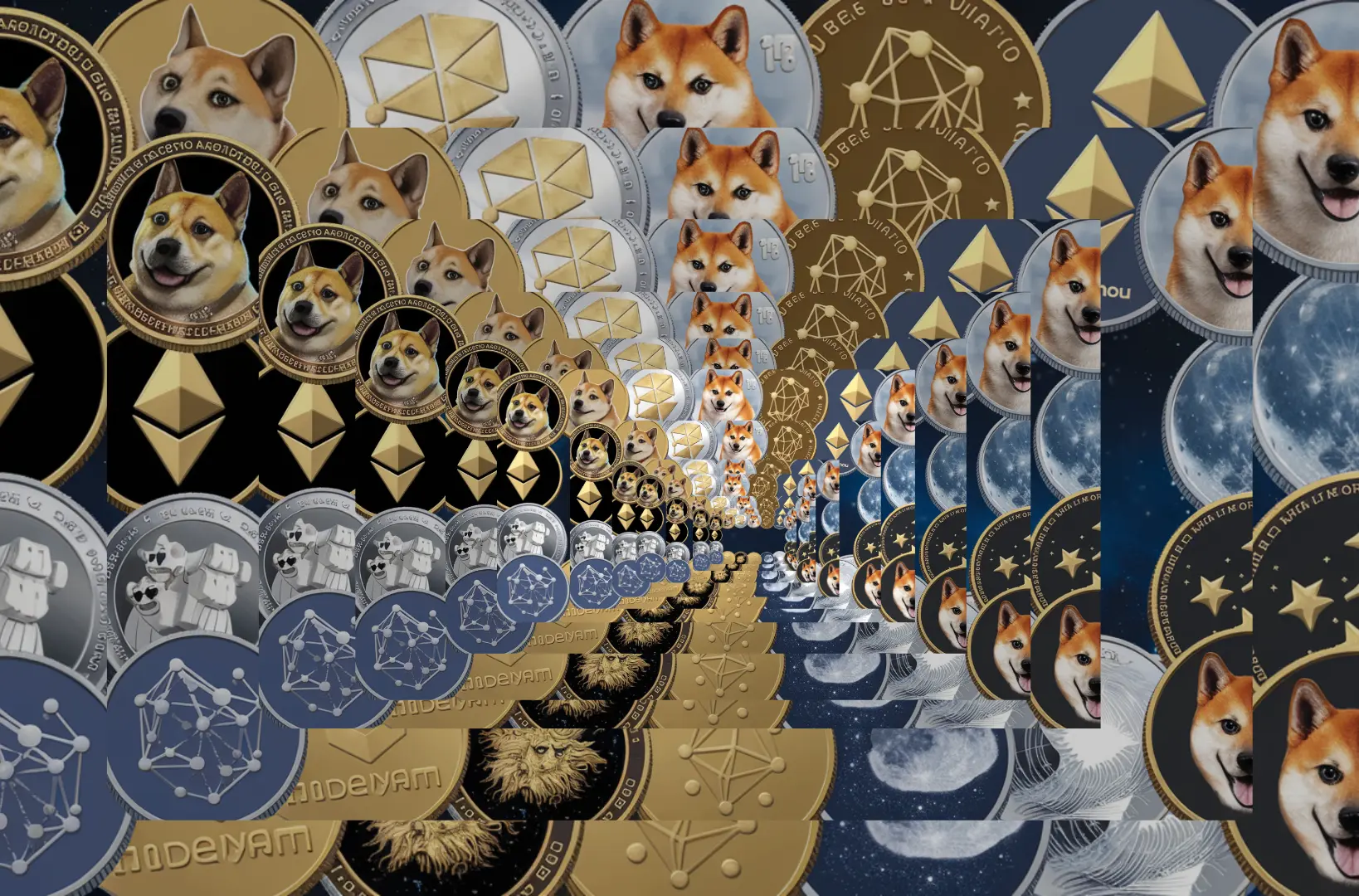The rise of blockchain technology has led to transformative innovations, with Non-Fungible Tokens (NFTs) taking center stage. While Ethereum and Solana dominate the NFT ecosystem, Bitcoin NFTs are emerging as a groundbreaking trend. For years, Bitcoin was perceived solely as digital gold—a store of value and medium of exchange. However, with the advent of technologies like Ordinals, the concept of Bitcoin NFTs has become a reality, combining the security of Bitcoin with the creativity of NFTs.
Non-fungible tokens (NFTs) have taken the world by storm, revolutionizing the way we perceive and own digital assets. While Ethereum has long been the dominant platform for NFT creation and trading, a new wave of innovation is emerging: Bitcoin NFTs.
Understanding Bitcoin NFTs
Traditionally, Bitcoin, the pioneering cryptocurrency, has primarily focused on facilitating peer-to-peer value transfer. However, the rise of NFTs has opened up new possibilities within the Bitcoin ecosystem.
Bitcoin NFTs leverage the Bitcoin blockchain to create unique digital assets. Unlike traditional NFTs on Ethereum, which rely on smart contracts for functionality, Bitcoin NFTs often utilize alternative approaches such as:
- Ordinal Inscriptions: This innovative method allows for data to be inscribed directly onto individual Satoshis (the smallest unit of Bitcoin), effectively transforming them into unique digital collectibles.
- Counterparty Protocol: This third-party protocol built on top of the Bitcoin blockchain enables the creation and trading of assets, including NFTs.
Key Advantages of Bitcoin NFTs
- Security and Decentralization: Built on the robust and secure Bitcoin blockchain, Bitcoin NFTs inherit the same level of decentralization and security.
- Interoperability: As Bitcoin remains the most widely adopted cryptocurrency, Bitcoin NFTs have the potential to achieve greater interoperability across different platforms and applications.
- Accessibility: The growing accessibility of Bitcoin makes it easier for a wider audience to participate in the Bitcoin NFT ecosystem.
- Scalability: While Bitcoin itself has limitations in terms of transaction throughput, advancements in layer-2 solutions and sidechains are gradually improving its scalability, which will benefit the Bitcoin NFT space.
Exploring the Potential of Bitcoin NFTs
- Digital Art and Collectibles: it can be used to represent unique digital art pieces, trading cards, virtual land, and other collectibles, offering a secure and transparent means of ownership and trading.
- Gaming: it can revolutionize the gaming industry by enabling true ownership of in-game items, allowing players to truly own and trade their digital assets.
- Real-World Asset Tokenization: it can be used to tokenize real-world assets such as real estate, fine art, and luxury goods, making them more easily divisible and tradable.
- Supply Chain Management: it can enhance supply chain transparency and traceability by providing an immutable record of the origin and journey of goods.
Challenges and Considerations
Despite their potential, it also face several challenges:
- Usability: Creating and trading can be more complex compared to the user-friendly interfaces offered by some Ethereum NFT platforms.
- Scalability: While improving, Bitcoin’s scalability still poses a challenge for high-volume NFT transactions.
- Competition: The Ethereum NFT ecosystem has a significant head start in terms of developer activity, community, and established infrastructure.
The Future of Bitcoin NFTs
Despite these challenges, the future of this looks promising. Continued innovation in areas like Ordinal Inscriptions and layer-2 solutions is paving the way for a more vibrant and user-friendly ecosystem. As the demand for decentralized ownership and secure digital assets continues to grow, these are poised to play a crucial role in shaping the future of blockchain collectibles.
Conclusion
Bitcoin NFTs represent a significant development in the world of blockchain technology. By leveraging the security, decentralization, and accessibility of the Bitcoin network, this offer a compelling alternative to traditional NFT platforms. While challenges remain, ongoing innovation and development within the Bitcoin ecosystem will continue to drive the growth and adoption.
This is the Ultimate guide to buying a Bitcoin in 2025!

Jahanzaib is a Content Contributor at Technado, specializing in cybersecurity. With expertise in identifying vulnerabilities and developing robust solutions, he delivers valuable insights into securing the digital landscape.








